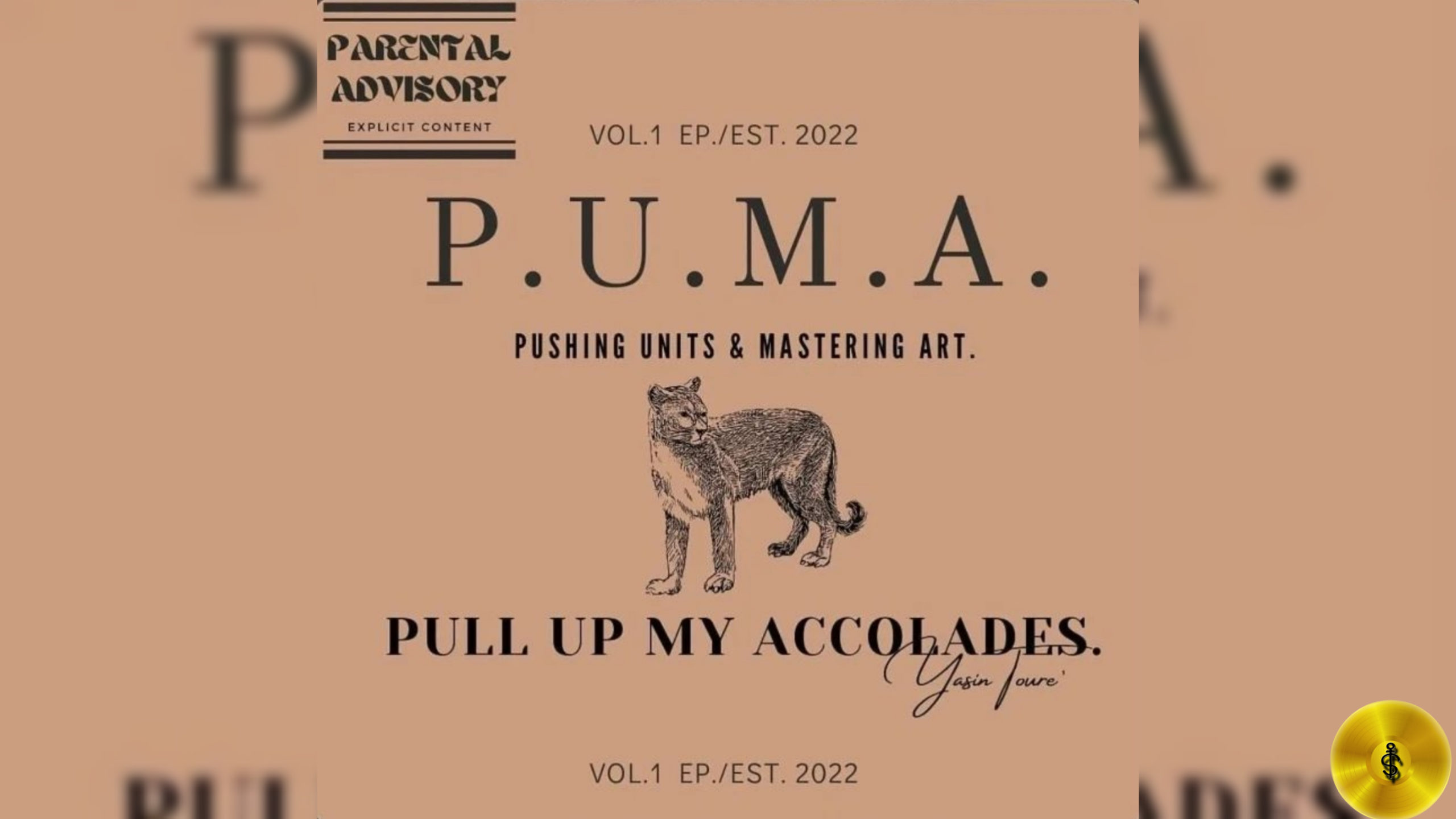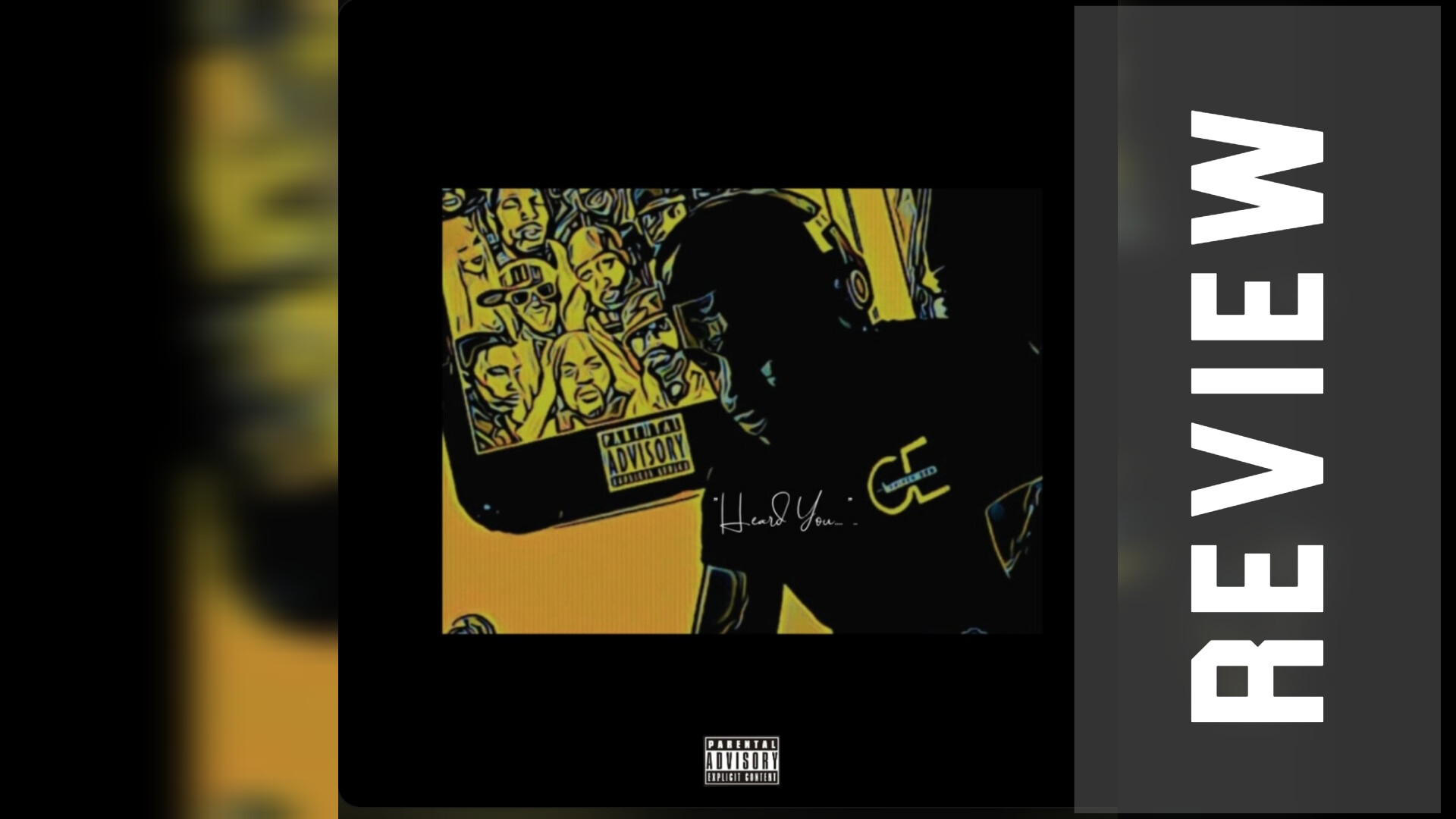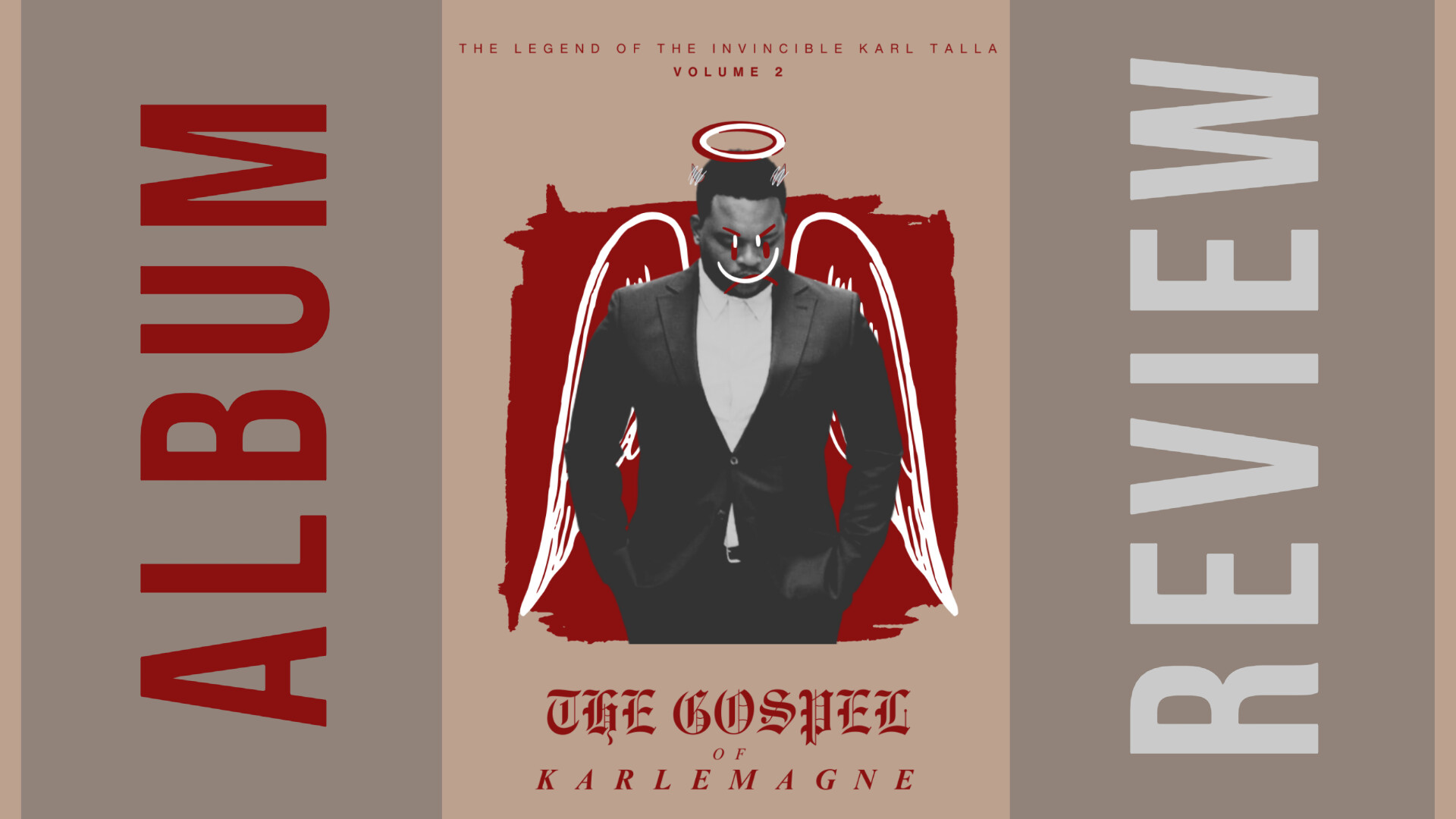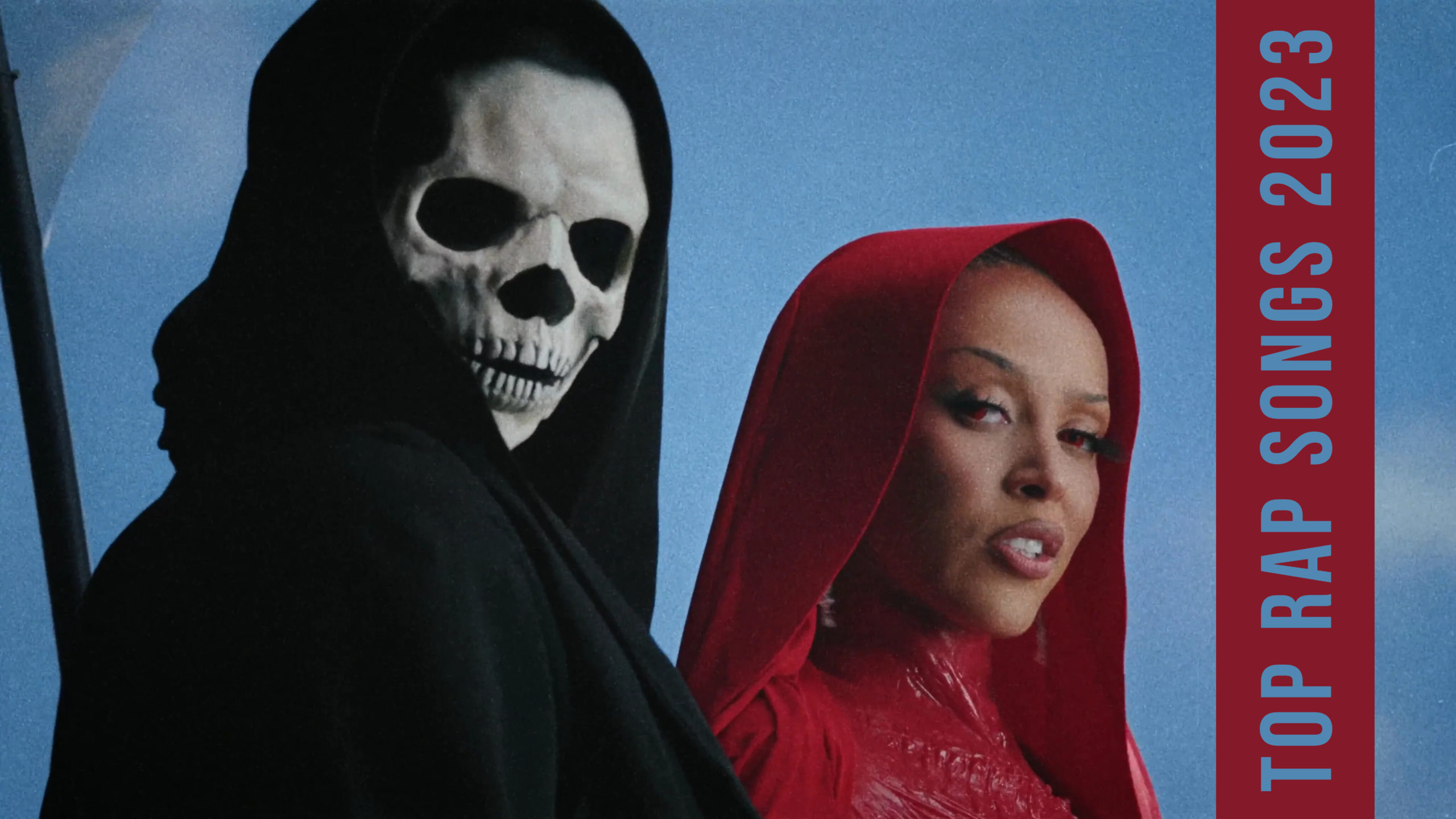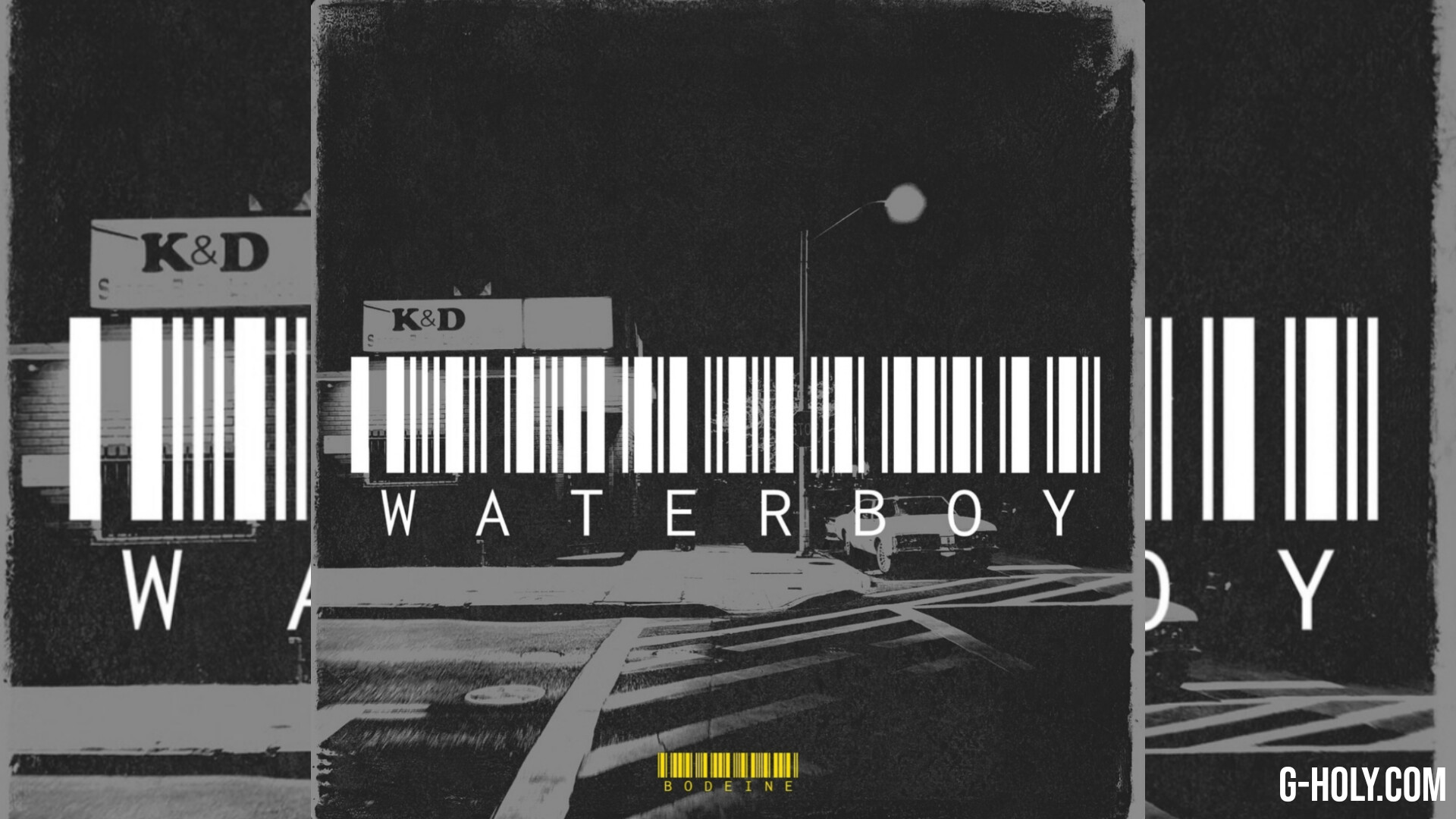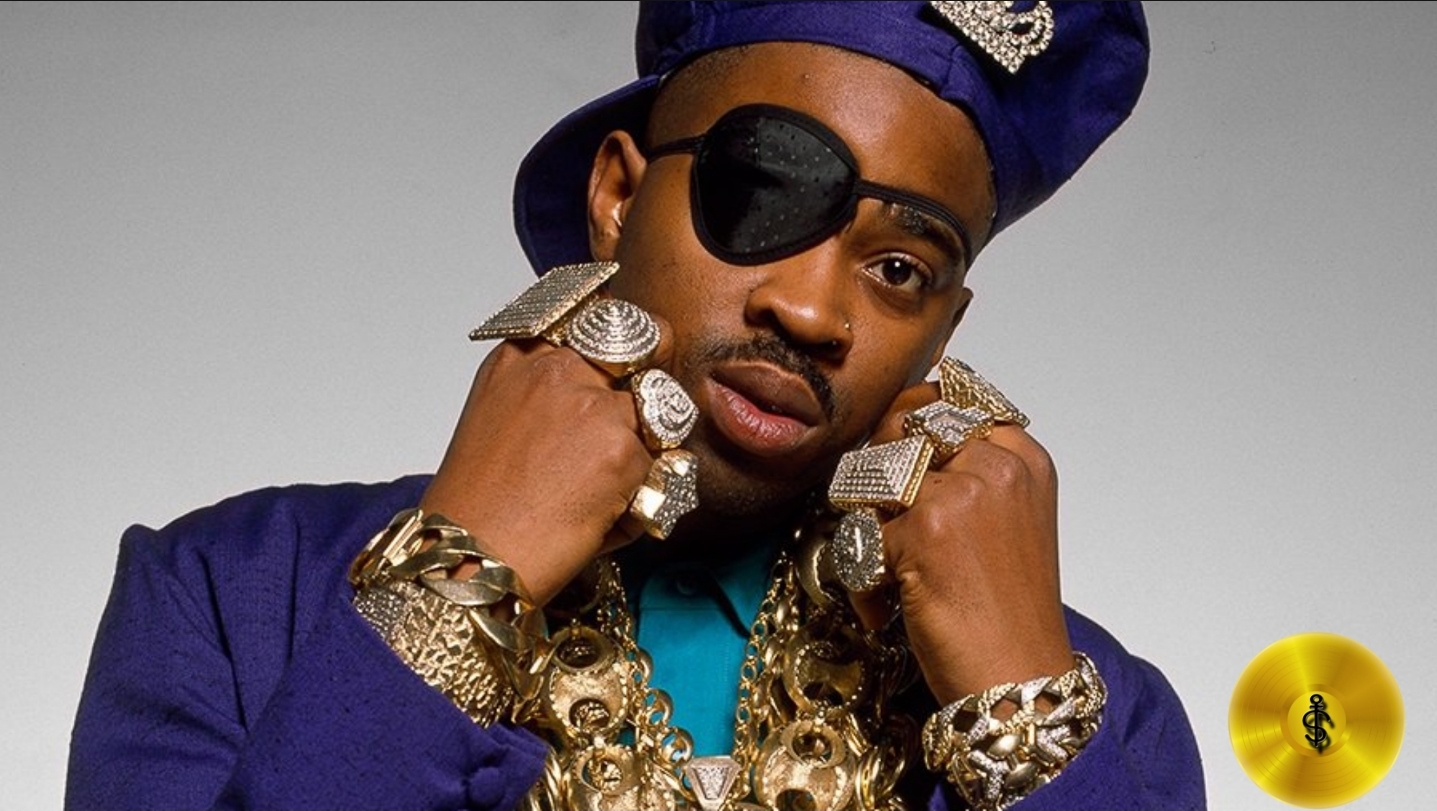
Storytelling and Hip-Hop
Humans understand the world through stories. Whether they be creation stories, myths, or morals, stories have been an essential part of our existence on this planet for hundreds of thousands of years. Stories are also integral to the art that we consume, that shapes us and the outlooks we have on life. It is only fitting then that Hip-Hop, an art form that is heavily based around lyrical wizardry, has provided a platform for some of the greatest storytellers of all time, who have continued to find endlessly creative ways in which to tell the stories close to their hearts.
Today we will be breaking down three of Hip-Hop’s greatest storytelling tracks, from three different eras of the genre.
#1. “I Left My Wallet in El Segundo” – A Tribe Called Quest, 1989
Arriving on their landmark debut album, People’s Instinctive Travels and the Paths of Rhythm, “El Segundo” helped usher in the age of the native tongues, a collective of groups and artists that pushed positivity, jazzy beats, and good vibes in their music. With a much lighter message than many storytelling tracks, and certainly the other two included here, “El Segundo” proved that not every memorable story told in Hip-Hop music had to be dark. The track opens with a guitar sample that brings to mind the classic western movies of John Wayne and Sergio Leone, before diving headfirst into a classic Tribe beat. Over the course of the next four minutes, a nineteen year-old Q-Tip tells the story of how he left his wallet in a diner, on the other side of the country. Though the premise may seem unnoteworthy, with “El Segundo” Tip and Tribe find a way to create a silly, fun story that is still both memorable and quotable. It is perhaps one of the things the legendary Queens-based kids do best.
#2. “Da Art of Storytellin’ (Part 1)” – Outkast, 1998
There really isn’t much to say about “Da Art of Storytellin’” that hasn’t been said already. Coming on 1998’s Aquemini, the track proves exactly what its title says: That storytelling is an art. And in this case, Big Boi and Andre 3000 are the artists. Featuring one of the most instantly recognizable beats in Hip-Hop history, both Big Boi and Andre dedicate their verses to the tragic stories of two fictional women from their beginnings in Atlanta. Opening with the line “Somebody hit me the other day for a rendez-vous,” which has been quoted countless times since, Big Boi goes on to illustrate his encounter with Suzy Skrew, a young prostitute that runs in the same circles as him. Although Big Boi has said that Suzy Skrew is a completely fictional character and not based on anyone in particular, in his verse, Andre picks up where Big Boi left off, beginning with the line “Now Suzy Skrew had a partner named Sasha… Thumper.” Over the course of his verse, Andre tells the story of Sasha, another young woman who happens to be Suzy’s friend and is also well-known to both him and Big Boi. Andre soon makes it clear that Sasha is a good person, but is weighed down by her heroin addiction, before ending the verse with one his most iconic and tragic lines: “I came back home to find lil’ Sasha was gone/Her mama said she with a nigga that be treating her wrong (Man)/I kept on singing my song and hoping at a show/That I would one day see her standing in the front row/But two weeks later, she got found in the back of a school/With a needle in her arm, baby two months due/Sasha Thumper.” “Da Art of Storytellin’” truly is one of the great masterpieces in all of Hip-Hop.
#3. “Sing About Me, I’m Dying of Thirst” – Kendrick Lamar, 2013
When Kendrick Lamar came out with his major label debut, 2013’s good kid, m.A.A.d city, the Compton rapper made it clear that he was standing on the shoulders of the great storytellers that came before him, such as Outkast and Tribe. He took many of their ideas and ran with them, devising a story to be told not only over the course of one song, but over the course of an entire album. Framed as “a short film by Kendrick Lamar,” GKMC follows Kendrick and his friends around for a day in the life in Compton, as they navigate the trials and tribulations of gang violence, addiction, and juvenile delinquency, which are constantly surrounding them in their city. The album builds to the climax of “Sing About Me,” one of Kendrick’s most lyrically complex tracks, on which he raps about tragedies in his neighborhood from three different perspectives. In his opening verse, Kendrick addresses the death of the brother of his best friend, who was caught up in gang violence in the city. In his second verse, Kendrick revisits the story of Keisha, a young woman who was killed while working as a sex worker, for whom he dedicated a track on his debut LP, Section.80. In “Sing About Me,” Kendrick updates the story, speaking from the point of view of Keisha’s sister, who was not happy about his making her story public in the first place. On the final verse of the track, before it switches to “Dying of Thirst,” Kendrick looks inward, literally asking himself how he would feel if he died today and why he is so infatuated with death. He closes his verse by saying that he hopes someone will sing about him when he’s gone, before asking “Am I worth it?/Did I put enough work in?”
On “Sing About Me,” Kendrick cements himself as one of the most potent storytellers of his generation, while carrying on the rich tradition of storytelling in Hip-Hop.
G-HOLY.COM, 2021.

